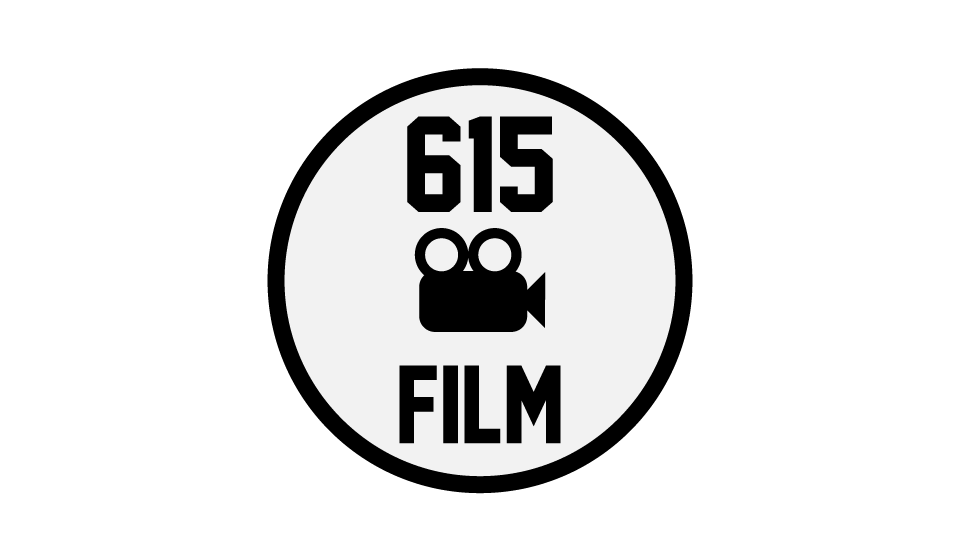A courageous gut-punch. That’s the best way to describe Matthew Heineman’s recently released documentary The First Wave. We have been in the COVID-19 pandemic for over a year and nine months, so traveling back to March 2020 feels like a lifetime ago. Viewers will feel this when watching this documentary, so one can only imagine how it feels for the medical professionals on the frontlines who have been in this from the start. Highlighting the great job done by the medical professionals, The First Wave shows us the raw emotion of the early days in the pandemic that must been seen by everyone in order to understand what these heroes have been going through.

The opening scene in The First Wave is hard to watch. We see a COVID-19 patient on a hospital bed, unable to breath and going in and out of dying. It’s impossible to look away until that scene is over and the title slate comes up over a shot of New York City. This documentary isn’t a mix of interviews and b-roll footage like many are, but rather it lets the action in the moments tell the story, along with an occasional voiceover. This approach can sometimes lose an audience’s attention, but director Matthew Heineman and his editing team do a great job of piecing together a powerful story and display of courage.
This is one of the more graphic documentaries to come out about the coronavirus. The viewer gets a front row view at what nurses, doctors, and patients were going through when the pandemic began surging in New York City. At times, like the opening scene, it’s very hard to watch. You’ll see a patient struggling to breathe on the hospital bed. You’ll see them pass away. You’ll see them not be able to talk back on a iPad video call with a loved one. It’s a very rough watch, but that’s partially what makes it such a commanding documentary. The realism and seeing what all of these people went through can really put things in perspective for the audience, especially with the display of human connection shown too.

The intimate camera work does a great job of really putting the viewer in the hospital as we follow these healthcare workers day to day, capturing the confusion and frustration as patients kept flowing in and dead bodies being loaded out onto 53 foot semi trucks. We see a lot of things we’ve never seen up close, but these frontline workers saw them daily for months and months, and are still seeing to this day. The First Wave captures their heroism and heartbreak so well, along with a few moments of happiness when a patient recovers. One scene that stands out is when a patient gets off a ventilator, they play “Here Comes the Sun” and clap as the patient cracks a smile for the first time in weeks. It’s truly remarkable, raw filmmaking.
While there is a bunch of sadness throughout its 93-minute runtime, The First Wave does end on a somewhat hopeful note and it follows a few patients in particular that recover over time. This was a good call by Heineman. This whole project cannot be all doom and gloom, even if that is the reality of those early days. It’s balanced nicely and doesn’t lose its core story as things develop with key patients. The murder of George Floyd is briefly highlighted as well, showing thousands protest in the midst of a pandemic, some being healthcare workers seen throughout the documentary. This was a powerful section that didn’t seem out of place, instead putting even more into perspective how challenging, sad, and frustrating those times were. It all hit at once.

The First Wave is a must-see documentary. Go into it being prepared to feel a wide range of emotions. Some may say that it’s a bit too soon for films like this and while it can be hard to watch, the importance of understanding what certain people went through cannot be ignored.
Rating: 4.5/5

